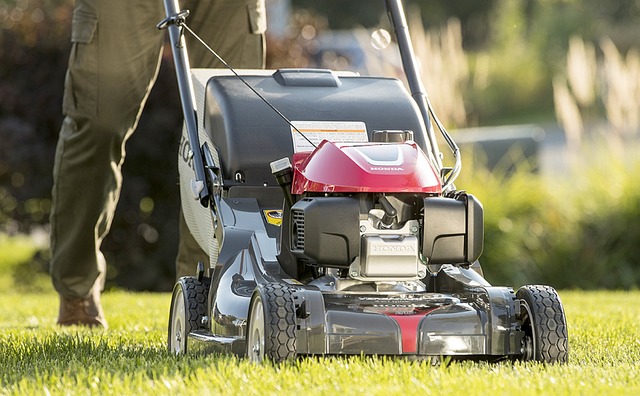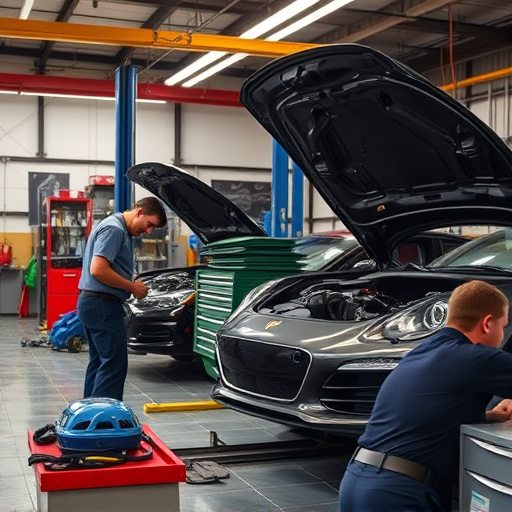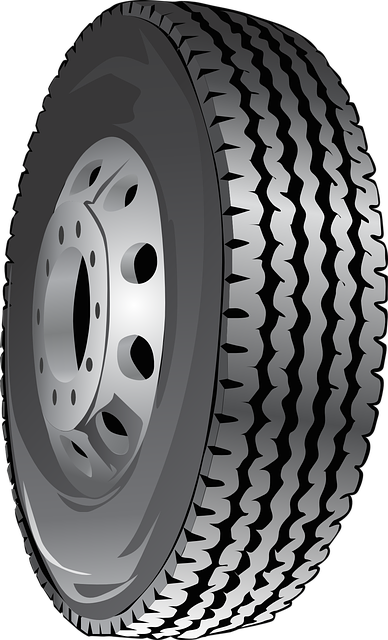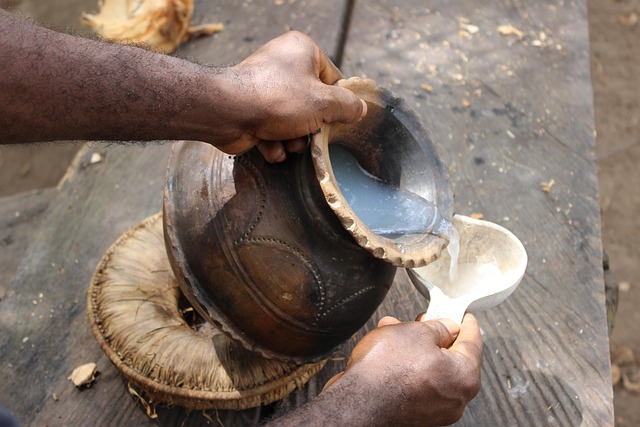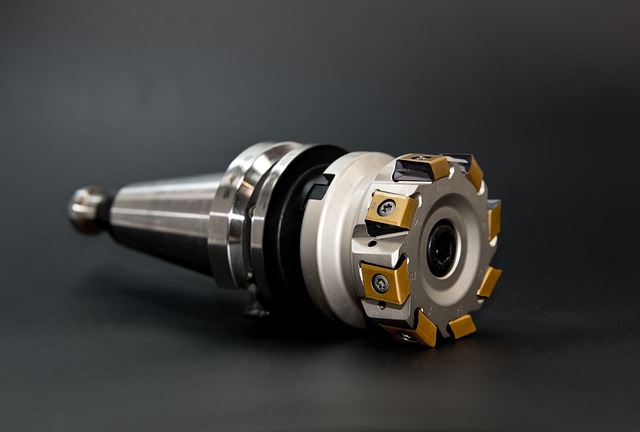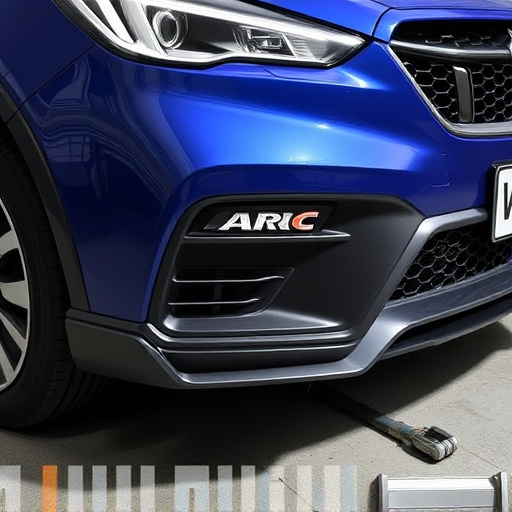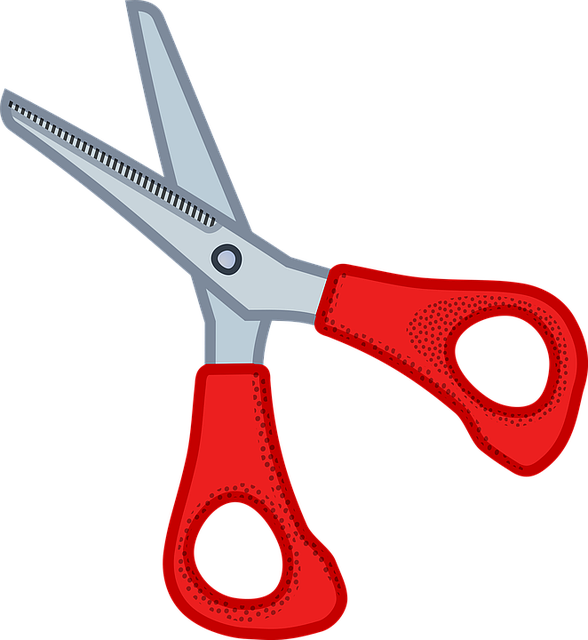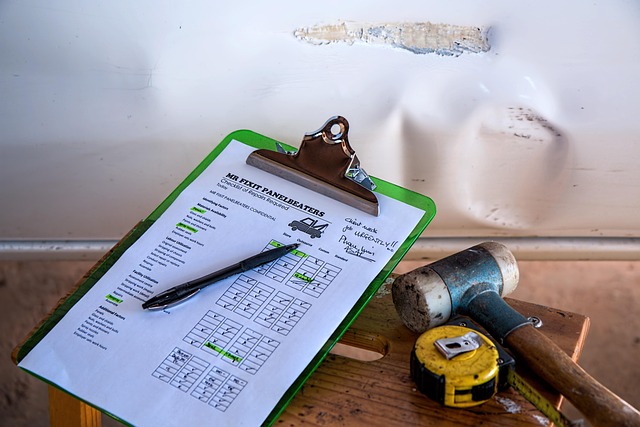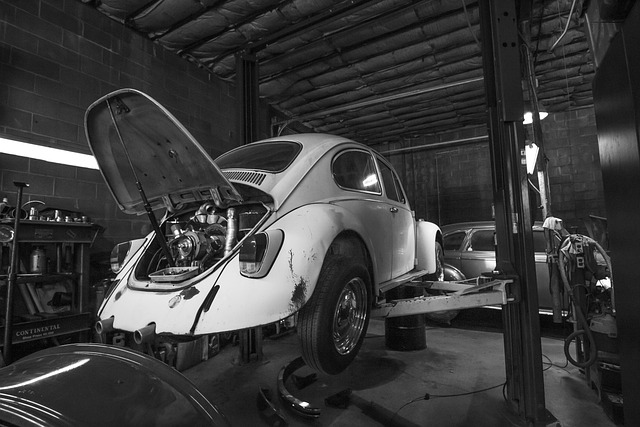The auto body repair process involves initial assessment, tailored procedures (from painting for minor dents to frame straightening for severe collisions), and communication between shop and client. Duration varies based on damage extent, repair complexity, part availability, and shop workload, ranging from a few hours for minor fixes to days or weeks for extensive repairs. To optimize time, choose workshops with modern tools, maintain regular vehicle maintenance, prioritize safety, and communicate expectations clearly.
The duration of an auto body repair process varies greatly, depending on various factors. In this comprehensive guide, we’ll walk you through the step-by-step breakdown of the auto body repair process, from initial assessment to final inspection. Understanding these stages is crucial for setting expectations. Additionally, we’ll explore key influences on repair time and offer valuable tips to optimize and expedite the process, ensuring your vehicle returns to its pre-accident condition more efficiently.
- Understanding the Auto Body Repair Process: A Step-by-Step Breakdown
- Factors Affecting the Duration of Auto Body Repairs
- Optimizing Time: Tips for Faster and Efficient Auto Body Repair
Understanding the Auto Body Repair Process: A Step-by-Step Breakdown

Understanding the auto body repair process involves grasping several intricate steps that work together to restore a vehicle’s structural integrity and aesthetic appeal. The journey begins with an initial assessment, where skilled technicians meticulously inspect the damaged area, identifying the extent of the repairs needed. This crucial phase includes diagnosing hidden issues within the frame, ensuring every component is in optimal condition before proceeding.
Next, the auto body repair process delves into specific procedures tailored to various types of damage. For minor dents and scratches, a meticulous painting and detailing process is initiated, focusing on precision and color matching. In contrast, more severe collisions may necessitate complex operations like frame straightening or replacement, requiring advanced equipment and expert hands from specialized technicians. Throughout this journey, communication between the automotive body shop and the client remains vital, ensuring expectations are met at every stage of the collision repair center’s meticulous work.
Factors Affecting the Duration of Auto Body Repairs

The duration of an auto body repair process can vary significantly based on several factors. One major influencer is the extent of damage to the vehicle. Complex repairs involving structural integrity issues or extensive panel replacement will naturally take more time than simple touch-up jobs. The complexity and specialized nature of certain repairs, such as those needing precision welding or advanced paint techniques, can extend the timeline.
Another critical factor is the availability and workload of the repair shop. During peak seasons or when a shop is handling multiple significant projects, wait times might be longer. Conversely, smaller, independent garages with fewer ongoing projects could offer faster turnaround times. Additionally, the type of paint and materials used can also impact duration, as high-quality, specialized products may require extra time for drying and curing. Effective communication between the shop and customer regarding these variables ensures realistic expectations for the auto body repair process.
Optimizing Time: Tips for Faster and Efficient Auto Body Repair
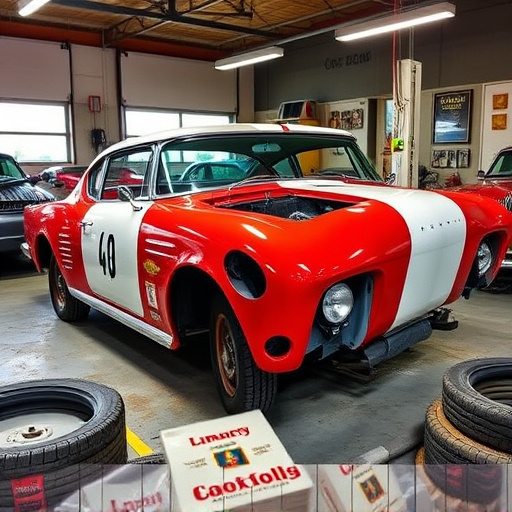
The duration of the auto body repair process can vary significantly depending on several factors, including the extent of car damage repair needed, the complexity of the bumper repair or vehicle bodywork repairs, and the availability of parts. While some minor fixes may take only a few hours, extensive restyling or structural repairs can extend the timeline by days or even weeks.
To optimize time during the auto body repair process, consider proactive measures. First, ensure that your chosen workshop is equipped with the latest tools and technology to streamline tasks like part identification and painting. Second, communicate clearly about your expectations and desired timeline. Additionally, keep up-to-date with regular maintenance can prevent future car damage repairs, reducing overall repair time. Lastly, understand that prioritizing safety during repairs is paramount; allowing adequate time for certain critical steps ensures a durable and safe vehicle restoration.
The duration of the auto body repair process varies based on several factors, from damage severity to part availability. By understanding each step involved and optimizing strategies, repairs can be completed faster. This not only saves time but also reduces costs for both repair shops and vehicle owners, ensuring a more efficient and effective auto body repair process overall.
